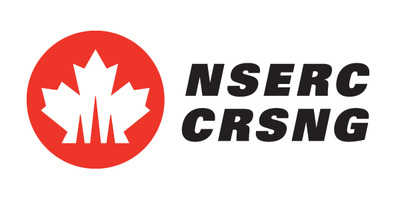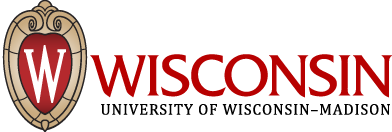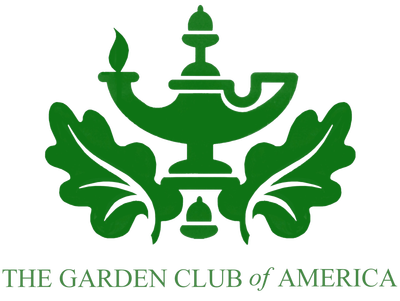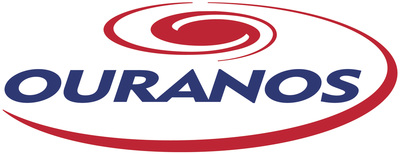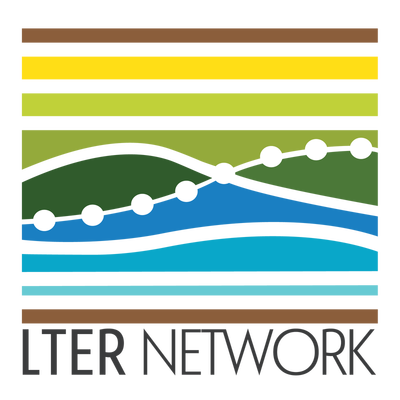Our Research
Our research vision is to conduct solutions oriented science to enhance biodiversity conservation and ecosystem service provision in urban and urbanizing landscapes
We use the ecosystem services concept as a lens through which to ask ecological questions related to sustainability, policy and practice. Within this framework, we use field observation/experiments, advanced sensor data, and synthesis approaches to ask how landscape structure, land-use history, and biodiversity interact to impact multiple ecosystem services in urban and urbanizing landscapes. While research in the lab is strongly grounded in landscape and ecosystem ecology, we recognize that addressing complex ecological problems is inherently interdisciplinary. We strive to develop research partnerships both within and outside the university, and value community engagement as integral to our work. Past research has relied on partnerships with landowners and managers, community groups, local governments, and planners. (We are always looking for new research partners!).
Our research group prioritizes breadth over depth. This means we use many different taxa and methods to address broad (often interdisciplinary) questions. However, most often we focus on forest or forest-adjacent organisms within urban landscapes.
Our research group prioritizes breadth over depth. This means we use many different taxa and methods to address broad (often interdisciplinary) questions. However, most often we focus on forest or forest-adjacent organisms within urban landscapes.
Why Cities?
We live in an urban world! More than half the world’s people (and > 80% of Canadians) live in cities, and conversion to urban land is among the most irreversible and fastest growing forms of global change. This era of unprecedented urban growth has markedly changed ecosystem structure, function, and biodiversity, and consequently the ecosystem services that our health and wellbeing depend on. To work towards more sustainable, liveable cities, it is important to understand where there are opportunities to manage cities for increased biodiversity conservation and ecosystem service provision. Cities also make fascinating ecological study systems! Urban landscapes are complex mosaics of land-cover types, characterized by different land-use histories, vegetation conditions, management, and climate. This high heterogeneity and interaction of natural and anthropogenic influences makes urban areas ideal laboratories for exploring the sensitivity of biodiversity and ecosystem services to spatial and temporal drivers. Characterizing these relationships in urban systems can thus deepen our conceptual understanding of the links between landscape structure, biodiversity, and ecosystem services more broadly.
Current research themes
Understanding the spatial and temporal drivers of ecosystem services
Green spaces within cities aren’t just nice to look at – they provide important health and safety benefits. Facing extreme heat and unpredictable weather events, researchers and decision-makers often turn to ecosystem services (e.g. carbon storage, temperature regulation, air quality regulation) provided by ecological infrastructure (or nature-based solutions) as key parts of climate adaptation strategies and urban wellbeing. As cities grow to encompass broader spatial areas, there is a need for ecosystem service assessments that consider the complex spatial heterogeneity and land-use history of urban landscapes. This includes the role of biodiversity in maintaining and increasing ecosystem services at spatial and temporal scales relevant to decision-making. Do biodiversity and ecosystem services go hand-in-hand, or is it more complicated than that? (see overlapping theme, below!)
Example people and projects:
Green spaces within cities aren’t just nice to look at – they provide important health and safety benefits. Facing extreme heat and unpredictable weather events, researchers and decision-makers often turn to ecosystem services (e.g. carbon storage, temperature regulation, air quality regulation) provided by ecological infrastructure (or nature-based solutions) as key parts of climate adaptation strategies and urban wellbeing. As cities grow to encompass broader spatial areas, there is a need for ecosystem service assessments that consider the complex spatial heterogeneity and land-use history of urban landscapes. This includes the role of biodiversity in maintaining and increasing ecosystem services at spatial and temporal scales relevant to decision-making. Do biodiversity and ecosystem services go hand-in-hand, or is it more complicated than that? (see overlapping theme, below!)
Example people and projects:
- Understanding cross-city vs. city-specific drivers of urban forest ecosystem services (Bella Richmond)
- The role of green space governance in driving preference-based traits across the urban forest (Kayleigh Hutt-Taylor)
- How composition and configuration of urban green infrastructure influence temperature regulation services (read Lingshan’s article in The Conversation on urban heat)
- How legacy effects of previous land use and urban form influence urban forest (& soil) composition, structure, and services (explore Michael’s scicomm work on urban soil ecology, here)
- How can we develop best practices for urban forestry that support both climate mitigation, and biodiversity (Riikka Kinnunen, Kayleigh Hutt-Taylor, Chloe Cull, with Frei Lab at ECCC).
Understanding patterns and drivers of biodiversity across the landscape
Formerly considered primarily as sources of negative environmental impact , cities are increasingly recognized as important contributors to biodiversity conservation. It is true that urban habitat loss and simplification often lead to endemic species loss... and high habitat heterogeneity, supplemental food, and dispersal into urban areas by (accidental or deliberate) importation can favour non-native or invasive species. However, well-planned and managed urban ecological infrastructure can also support the retention of native endemics and rare species – providing a critical role for cities in addressing biodiversity loss. How can we support cities in better conserving species?
Example people and projects:
Formerly considered primarily as sources of negative environmental impact , cities are increasingly recognized as important contributors to biodiversity conservation. It is true that urban habitat loss and simplification often lead to endemic species loss... and high habitat heterogeneity, supplemental food, and dispersal into urban areas by (accidental or deliberate) importation can favour non-native or invasive species. However, well-planned and managed urban ecological infrastructure can also support the retention of native endemics and rare species – providing a critical role for cities in addressing biodiversity loss. How can we support cities in better conserving species?
Example people and projects:
- How trees on private land contribute to urban forest diversity, structure, and service-based traits (watch a video from former MSc student Kayleigh). Collaborators, PaqLab.
- How local floral traits and urban beekeeping influence wild bee diversity across Montreal green spaces (listen to postdoc Gail MacInnis discuss urban beekeeping)
- Patterns of earthworm diversity within and across Montreal green spaces with varying historical legacies (explore Michael’s scicomm work on urban soil ecology, here)
- Enhancing biodiversity, social inclusion, and climate resilience through informal urban green spaces (Read about our interdisciplinary pilot project)
- The impact of urban nature-based climate solutions on migratory birds and species at risk (With Frei Lab at ECCC).
- Monitoring the success of the Corridor écologique du grand Sud-Ouest with partners Nouveaux Voisins (Nicole Yu)
(Urban) forest resilience
While our urban forests are critical for hosting biodiversity and providing ecosystem services in a changing world - they are also vulnerable to global change (climate change, insect outbreaks...) themselves. How can we ensure that our future urban forests are set up to succeed in a changing world?
Example people and projects:
While our urban forests are critical for hosting biodiversity and providing ecosystem services in a changing world - they are also vulnerable to global change (climate change, insect outbreaks...) themselves. How can we ensure that our future urban forests are set up to succeed in a changing world?
Example people and projects:
- Understanding spongy moth outbreaks (and potential control mechanisms) in human dominated forests (Noa Davidai and Despland lab)
- Improving inventories of urban forest structure and diversity, including private land (with PaqLab)
Intersection of built and ecological infrastructure
We work closely with colleagues in geography, planning, design, and engineering to better understand the social and ecological benefits of designed green infrastructure (including with Concordia’s Next Generation Cities Institute, the DesignLIFES CREATE, and many community partners).
Example people and projects:
We work closely with colleagues in geography, planning, design, and engineering to better understand the social and ecological benefits of designed green infrastructure (including with Concordia’s Next Generation Cities Institute, the DesignLIFES CREATE, and many community partners).
Example people and projects:
- A systematic review of the temperature regulation benefits of green roofs (Niraj Dayanandan)
- The effects of urban form (and densification) on ecosystem services (Emily Kroft)
- The influence of urban greening on walkability (Fatemeh Izadi)
- Access to, and quality of, green space across Canada, with ParkSeek.
- The social and ecological benefits of local-scale green infrastructure. With Hiên Pham lab and others
- Monitoring the success of the Corridor écologique du grand Sud-Ouest with partners Nouveaux Voisins (Nicole Yu)
Thanks to all of our past and ongoing research funders:
Proudly powered by Weebly
